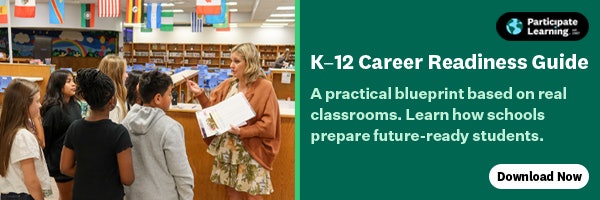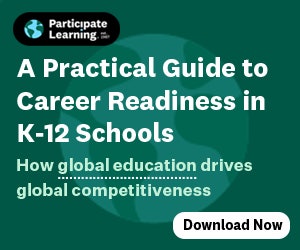
Most school leaders approach summer planning backwards. They wait until July or August to start thinking about improvements, when memories have faded and data has gone cold. The schools that consistently get better year over year do something different. These schools capture learning while it’s fresh, assess what actually worked while the evidence is still clear, and set up reflection systems that inform real change.
After visiting schools across six continents, I’ve noticed that the most successful administrators treat the immediate post-student period like scientists treat the moments right after an experiment. This is when you collect the most valuable data, when insights are clearest, and when you can set up systems that will actually make next year better.
Beyond the Test Score Autopsy
Most schools will spend summer analyzing standardized test scores, and that data matters. I remember doing this when I did my principal internship. But test scores tell you where you ended up, not how you got there. The first week after students leave is your chance to capture the insights that will actually help you improve.
Classroom Instruction Patterns
Talk to teachers while their successes and struggles are still vivid. Which lessons consistently engaged students across different classes? What strategies worked for your most challenging students? Which new approaches felt forced or ineffective? I know that phone calls can seem like an outdated form of communication nowadays, but a simple and quick chat with teachers can glean valuable insights.
Student Engagement Evidence
Look beyond participation grades to understand what actually captured student attention. Which projects generated authentic excitement? Where did you see sustained effort without external motivation? What activities did students continue talking about weeks later?
Capturing What’s Fresh Before It Fades
The challenge with end-of-year reflection is that we’re often too close to the forest to see the trees. But certain insights are only visible right now, before summer break creates distance and perspective.
Every school implements multiple new programs each year. Right now, before everyone forgets the daily reality of implementation, honestly assess which initiatives actually moved the needle. Which ones felt meaningful to teachers and students? Which ones created busy work disguised as improvement?
Create a simple framework: Keep, Kill, or Modify. Be ruthless. The initiatives that survive this analysis are the ones worth investing in next year.
While the memories are fresh, identify which collaborative efforts were genuinely productive versus which ones were meetings for meetings’ sake. Which teacher teams developed real synergy? Where did you see authentic peer learning happening? What barriers prevented collaboration from flourishing?
Before summer amnesia sets in, capture genuine feedback about how families experienced the school year. What communication worked well? Where were there disconnects between school intentions and family perceptions? Which community partnerships felt authentic versus performative?
The Strategic Advantage of Acting Now
Great product teams conduct retrospectives. It is built into their schedule. After a few weeks or a month, the team discusses what went well, what didn’t go well, what they want to keep doing, and what needs to change. They don’t change everything. Instead, they may experiment with one change and then analyze the results at the next retrospective.
Schools, on the other hand, are tempted to wipe the slate clean and start fresh every new school year. It feels good, but it wastes valuable learning. The schools that improve consistently are those that build on what worked while systematically eliminating what didn’t.
The most effective school leaders I know don’t see summer as a break from learning. Instead, they see it as an opportunity to learn differently. They use the immediate post-student period to gather intelligence that would be impossible to collect during the busy school year. They create systems that turn experience into wisdom and wisdom into better practice.
The first week after students leave isn’t the end of the school year. It’s the beginning of the next one. The question is whether you’ll waste this opportunity or use it to ensure that next year’s students have an even better experience than this year’s did.
The clock starts now.
Jason McKenna is V.P. of Global Educational Strategy for VEX Robotics and author of “What STEM Can Do for Your Classroom: Improving Student Problem Solving, Collaboration, and Engagement, Grade K-6.” His work specializes in curriculum development, global educational strategy, and engaging with educators and policymakers worldwide. For more of his insights, subscribe to his newsletter.
























